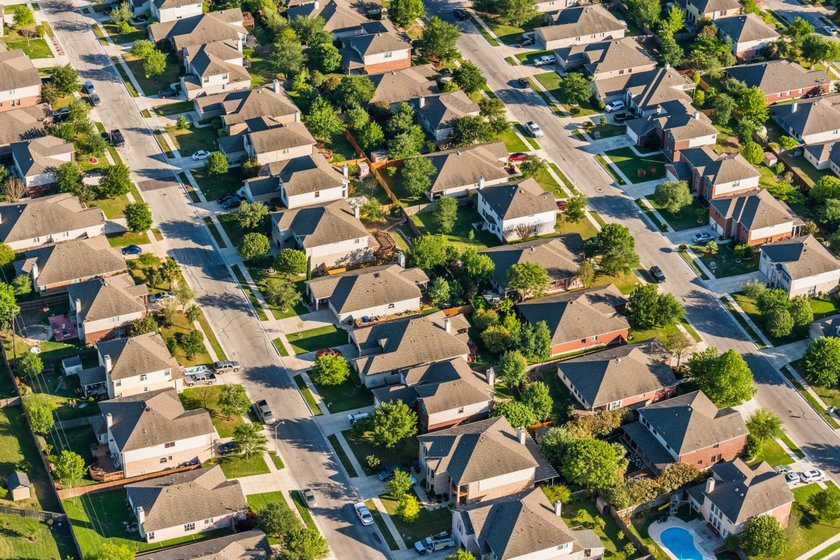For seven years, the Federal Reserve didn’t touch interest rates. After bringing the federal funds rate – that is, the interest rate paid on balances held by Federal Reserve Banks – down to zero after the 2008 stock market crash, central bankers took a hands-off approach.That is, they were hands off until December 2015, when they agreed to a modest increase. Then, there was a second increase in December 2016, and a third one was approved just weeks ago. According to some analysts, the Federal Reserve may add another two or three interest rate increases before the year is out.[Read: How to Invest Ahead of a Federal Reserve Interest Rate Hike.]“The economy is not on its death bed as it was in 2008 and 2009,” says Greg McBride, chief financial analyst for Bankrate.com. He describes the low-interest environment of the past few years as being akin to pumping medicine into a very sick patient. Now that the patient, or the economy in this case, is on the mend, it’s time to start weaning off the medicine.While a strengthening economy is a good thing, rising interest rates could spell trouble for borrowers. Here’s what to know about carrying debt in a rising interest rate environment.Don’t panic: Rates are still low. Financial experts say borrowers should keep an eye on interest rates, but they shouldn’t panic yet. “They’re still at very, very low levels,” says Michael Foguth, founder of Foguth Financial Group in Brighton, Michigan. Even after the recent increases, the target federal funds rate is only 0.75 to 1 percent. The prime rate, which is used for commercial lending, is 4 percent.“These rate increases are significant, not so much in their magnitude, but more in what they represent,” says Bill Handel, vice president of research and product development for Raddon, a Fiserv company that provides research and analysis to financial institutions. “The Fed is clearly signaling their bias towards a higher interest rate environment.”That means interest rates on debt will begin trending upward, but consumers might not see any changes immediately on some accounts. “It’s not like credit cards were dropping their interest rates to 5 to 10 percent,” Foguth notes. Unsecured debt, like credit cards, didn’t necessary benefit from the low-interest environment. As a result, they likely won’t be affected by the rising federal funds rate either.[Read: 8 Winners and Losers in a Rising Interest Rate Environment.]It might be time to rethink savings. Just as not all debt will be affected by rising interest rates, the same may be said for savings accounts. Many deposit accounts offer practically nothing in the way of interest, and it could take some time for that to change.“A rate increase in June could begin to awaken these deposits, especially among older savers who are looking for a higher return on their savings,” Handel says. At that point, he predicts people might begin to migrate their money to online banks, which typically offer higher interest rates. If that happens, brick-and-mortar banks and credit unions may be motivated to raise their rates as well.In the meantime, Foguth says people might want to consider whether it’s better to use their savings to pay down debt. “If you have money in the bank and it’s earning no interest, then you have to look at paying it off,” he says.Cashing in a savings account to wipe out credit card debt may make some people nervous. However, Foguth says the paid-off card could stand in as an emergency fund until the account is replenished. The key is to use the card only for true emergencies. Otherwise, people could quickly find themselves back in debt and with no savings, a financially precarious situation for anyone.[Read: Raise Our Interest Rates, Please.]Make big purchases now, but be wary of variable rates. Although paying off debt is almost always a smart money move, rising interest rates may mean some people actually want to take on debt right now. Major purchases that are planned for the near future could be moved up before interest rates climb any higher. “However, this doesn’t mean you should move a car purchase planned for two years in the future to today,” Handel says. Don’t buy something you can’t afford right now simply because of interest rates.Opting for a variable rate loan may be cheaper, but consumers should tread cautiously. “The rate you have today is not the rate you’re going to have a year from now or two years from now,” McBride says. Before buying a home or refinancing a mortgage with a variable rate loan, understand when the interest rate will reset and whether that has the potential to make payments unaffordable.The economic recovery is good news, but not everything about it will make borrowers cheer. Now is the time to evaluate your debt, savings and upcoming major purchases to ensure you’re ready to face the realities of rising interest rates.10 Things to Watch When Interest Rates Go Up.





